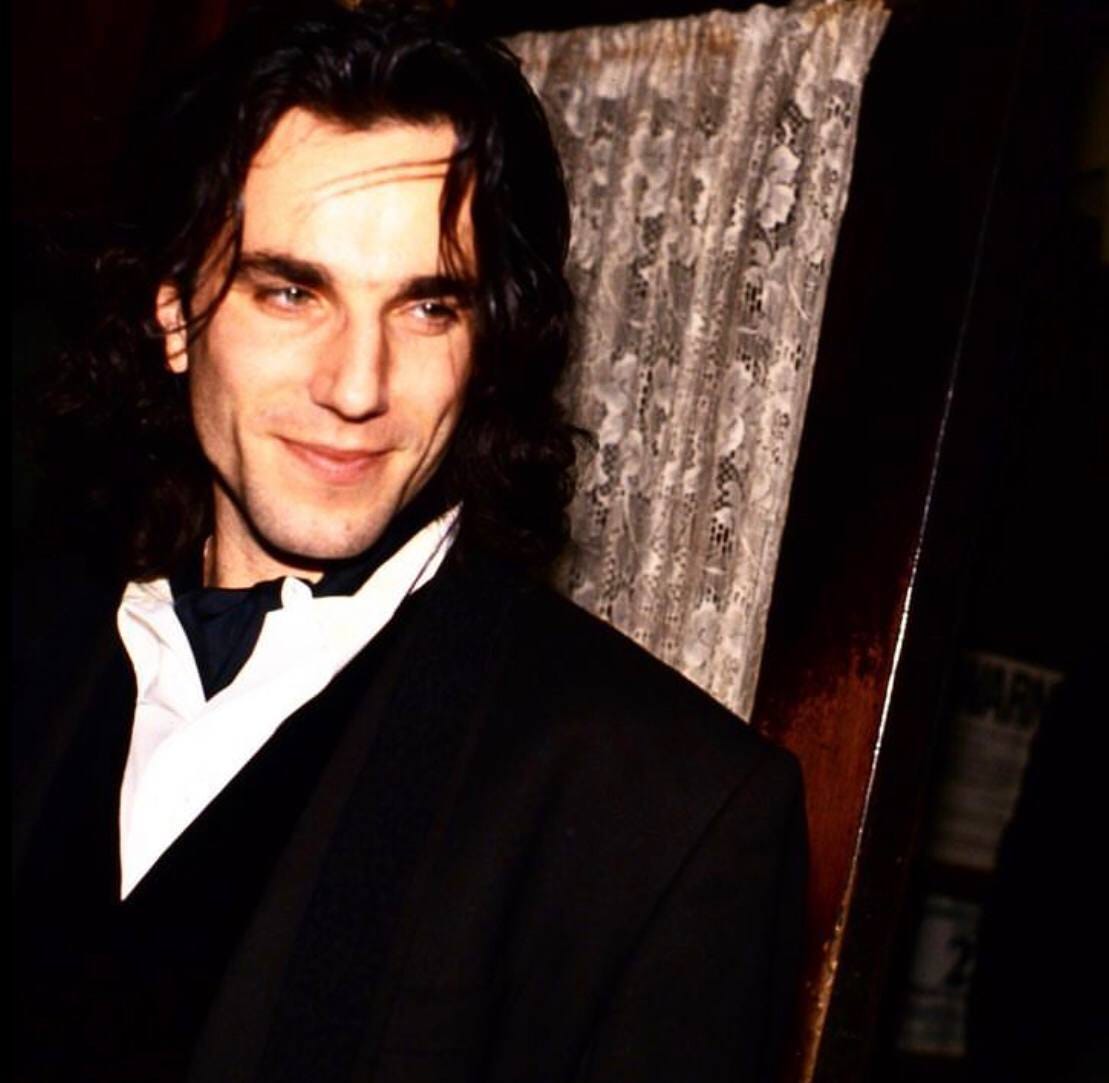Creating art of any kind can be a tempestuous and erratic pursuit that often requires a tricky balance between a high level of precise discipline and summoning an unstable and flourishing creative flow.
Often times, many artists of various types tend to live on one side or the other, but there are plenty of examples of artists who have thrown themselves in scenarios of ideal creation that took an unorthodox kind of discipline and an uncommon intensity that often strikes fear in the accidental and mild-mannered witness.
The controversial, publicly elusive, and now defunct witch house duo, Crystal Castles recorded in an abandoned cathedral in Iceland with no heating capabilities during the middle of winter in order to produce their best work in their second album titled, “(II).” If one were to listen to various tracks on this album, they’d not only hear sounds that can be legitimately called “icy,” but would also hear the capturing of the expansive essence of grandeur and pending death that comes with dwelling in a frozen waste.
Example of “icy” song (ignore the title):
Example of expansive song indicative of an essence of frozen waste:
While I’ve been critical of method acting as a general, the greatest film actor of all time in Daniel Day Lewis deployed method acting to prepare for his roles by truly living them. The most recent example is his preparation for his final film, “Phantom Thread,” which he learned to cut, sew, and drape in order to create a Balenciaga dress from scratch without any assistance to master the thought process of a bespoke fashion designer. This was not an isolated instance for Lewis, as he had lived many of his roles before performing them like his six month crucible of building a cabin from scratch in preparation for his role of John Proctor in the film adaptation of Arthur Miller’s “The Crucible.” What is lesser known is the reason he stopped performing on stage several decades before his retirement from film acting is his falling victim to a panic attack due to allegedly seeing his own father’s ghost when he was playing the titular role in “Hamlet” at the Bristol Old Vic in 1992.
Speaking of stage, the 1996 West End revival of Andrew Lloyd Webber’s “Jesus Christ Superstar,” saw a channeling of energy in the wings of the stage that carried an intensity immersion that stopped just before the border of method acting in Zubin Varla’s portrayal of Judas Iscariot. The approach for this cast’s rendition of Webber’s first great work was one of extreme archetypes in Jesus truly being angelic and Judas being undeniably chaotic. Balsamo was tasked with singing like an angel, and Varla was tasked with channeling the affliction of demon possession. The latter was successful in this pursuit by crawling and gripping the floor as viciously as humanly possible before stepping on stage to never let his energy levels drop in portraying escalating levels of inner turmoil leaking outward with each scene.
To create work to inspire, one simply has to be inspired. Perhaps not to the extent of Daniel Day Lewis or Zubin Varla, but still, there is always a sacrifice that must be made for greatness in any field, art certainly not being the exception.
One must prime his mind in the right direction towards the kind of work he’s attempting to create.
The discipline comes in the placement of one’s being.
The wildness in this comes in the surge of creation from the inspiration that will have to be embraced until its last breath.
It is in one’s training of channeling these surges, sacrificing all necessary distractions in the process that produces generational art.
Few will make the sacrifice.





Solitude forges genius.